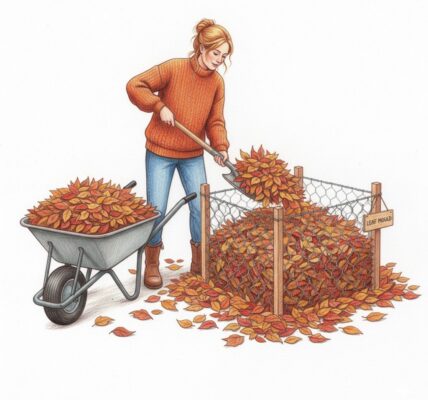
When November arrives, it’s time to put down a layer of chip bark mulch. This simple, natural step helps your garden shift from growing to surviving the winter and keeping the soil healthy. Mulch protects your borders and beds from the cold and makes future maintenance much easier.
The main reason to use chip bark in November is its great ability to insulate. A thick layer works like a blanket, keeping the soil temperature steady and protecting plant roots from harsh frosts and freeze-thaw cycles that can push plants out of the ground. By avoiding these temperature swings, you help delicate plants and new bare-root ones survive the winter.
On top of that, chip bark is fantastic when it comes to managing moisture in your garden. During those wet British winters, a layer of mulch shields the soil from pounding rain, stopping it from getting compacted and helping water drain away freely. This keeps roots happy and healthy, even when the weather is soggy. Another bonus: chip bark blocks sunlight from reaching weed seeds, so far fewer weeds pop up, and the ones that do are easy to pull from the loose mulch. Come spring, you’ll spend far less time battling unwanted weed plants.
Lastly, chip bark is a natural way to give your soil a long-term boost. As it slowly breaks down, it feeds your soil, making it richer and more fertile while encouraging helpful microbes and earthworms to thrive. This means better drainage in heavy clay, as well as retaining moisture in dry weather. For best results, spread a 5–10cm (2–4 inch) layer, but keep it a little away from plant stems and trunks to avoid rot. It’s a simple step that leaves your garden looking neat and ready to face winter.




